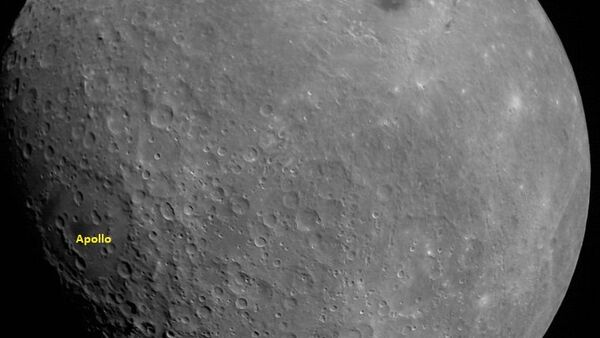The Orbiter is carrying two instruments – Chandrayaan 2 Large Area Soft X-ray Spectrometer (CLASS) and the Solar X-ray Monitor (XSM), which will be used to measure the lunar composition. It utilises X-rays emitted by the Sun to study elements on the lunar surface using X-rays detection.
However, "in order to determine their concentration, it is essential to have simultaneous knowledge of the incident solar X-ray spectrum,” the ISRO said on 10 October.
“Although this solar flare observed at present may not enable the study of the lunar surface composition due to the large angle between the Sun, the lunar surface and Chandrayaan-2 (close to 90 deg in this case against a desirable low value, close to zero), such XSM observations provide very useful data to understand various processes on the Sun,” the agency added.
The Orbiter’s life was originally planned to last one year, but during its journey to the Moon, the ISRO was able to save fuel, which made it possible to extend its lifespan. It is capable of communicating with the Indian Deep Space Network (IDSN) near Bengaluru.
Earlier in October, the Orbiter's high-resolution camera (OHRC) captured the sharpest images ever of the Moon.
ISRO said those images are an important new tool for the lunar topographic studies of lunar regions. The photos were taken at an altitude of 100 kilometres. They covered a part of the Boguslawsky E Crater and its surroundings, which lies in the southern polar area of the Moon, and is named after German astronomer Palon H. Ludwig von Boguslawsky.

The Chandrayaan-2, with all its domestically-made payloads, began its voyage on 22 July from the ISRO’s spaceport on the eastern coast of Sriharikota in Andhra Pradesh. The lander suffered a setback and lost contact with mission control, during its attempt to touch down.
Despite the setback, ISRO is set to make another attempt at the moon, this time in collaboration with the Japan Aerospace Exploration Agency in the early 2020s.


